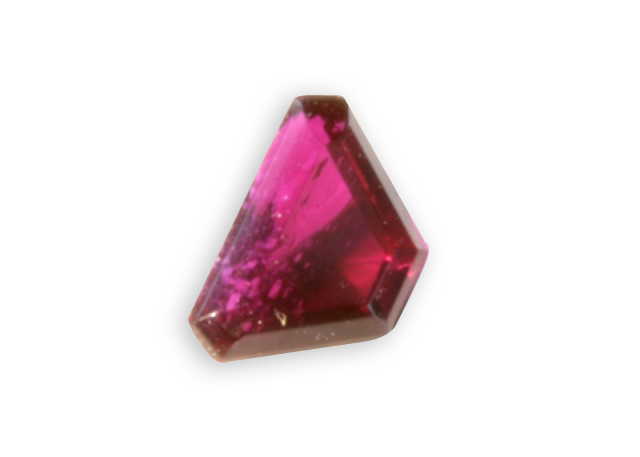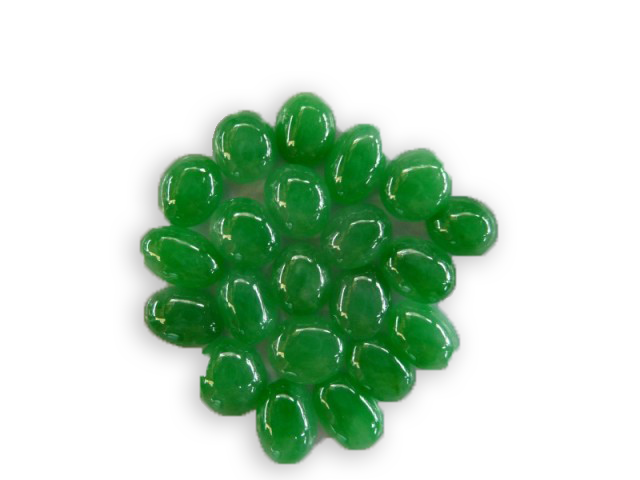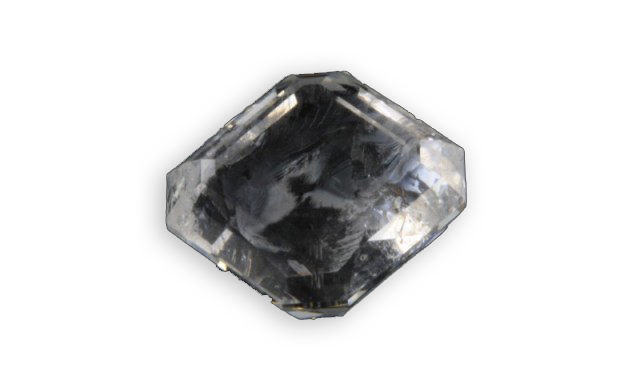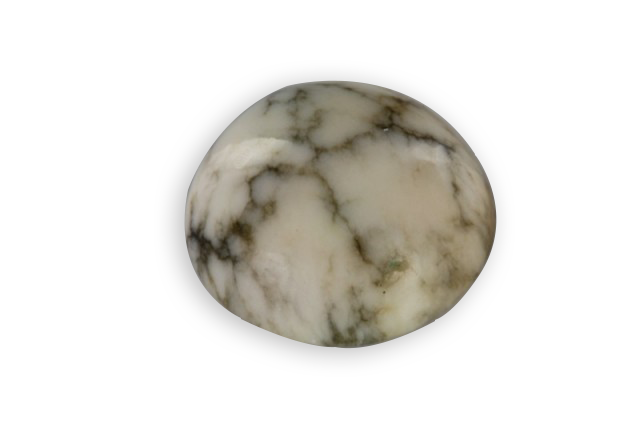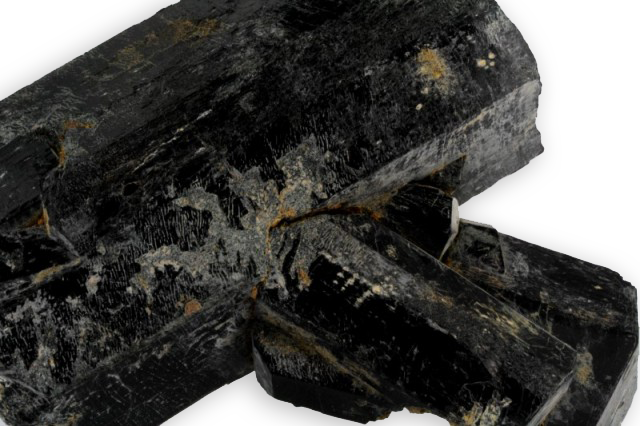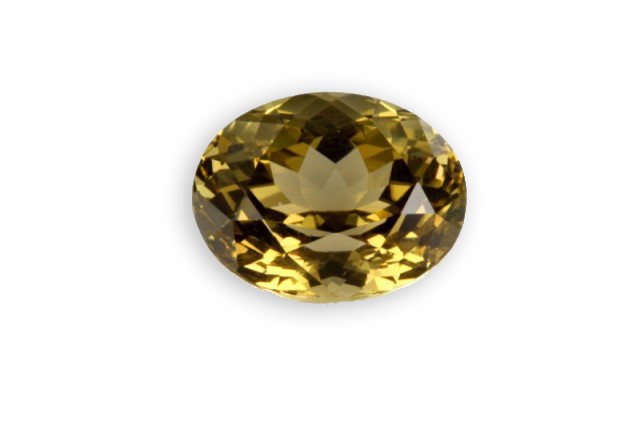
kornerupine
Mineral honoring the young Danish geologist Andreas N. Kornerup (1857-1881) who discovered it in Greenland. Sometimes it can present a speckle of the type “cat eye”. Often brown and dark, beautiful yellow-green varieties are from Sri Lanka and it has now been discovered in emerald

